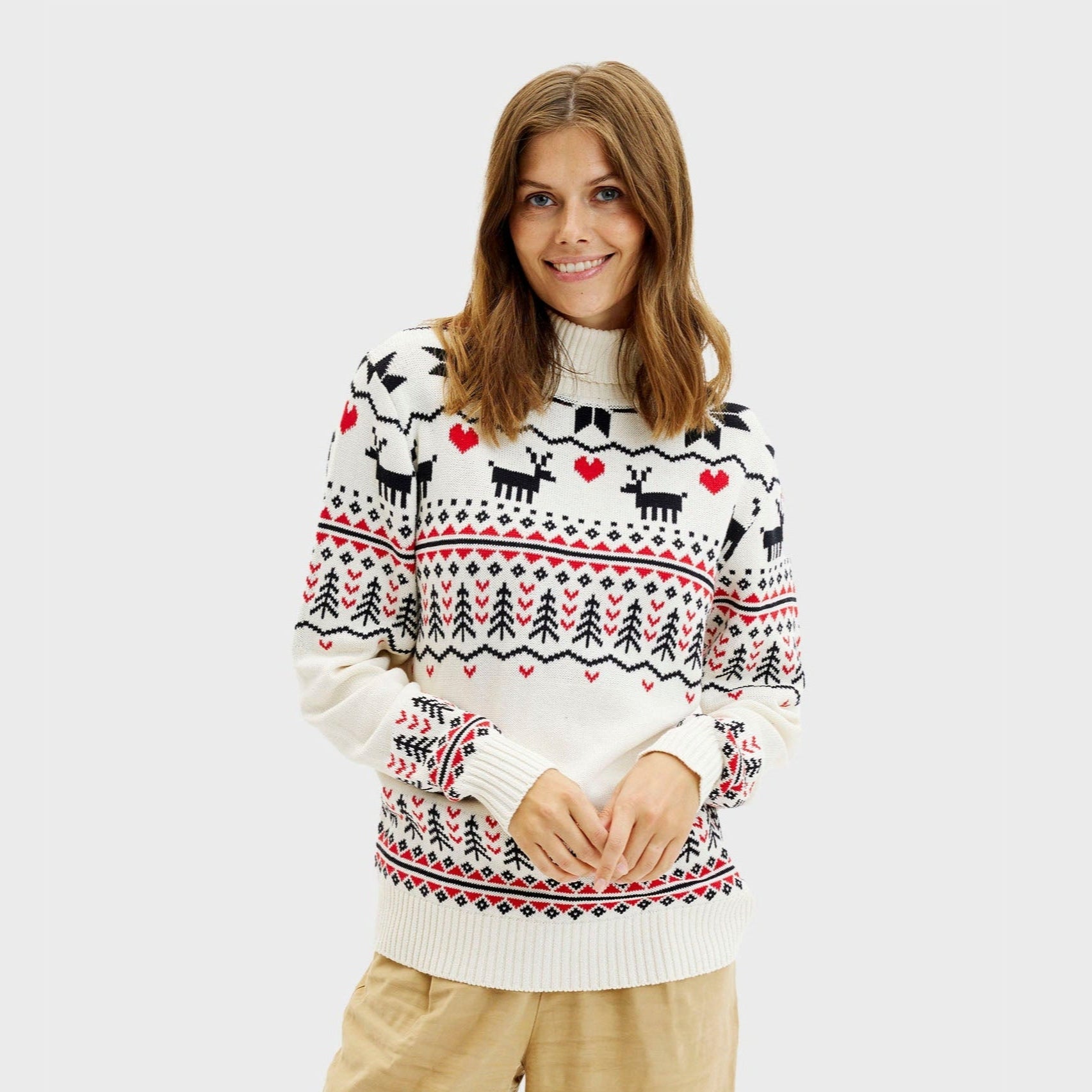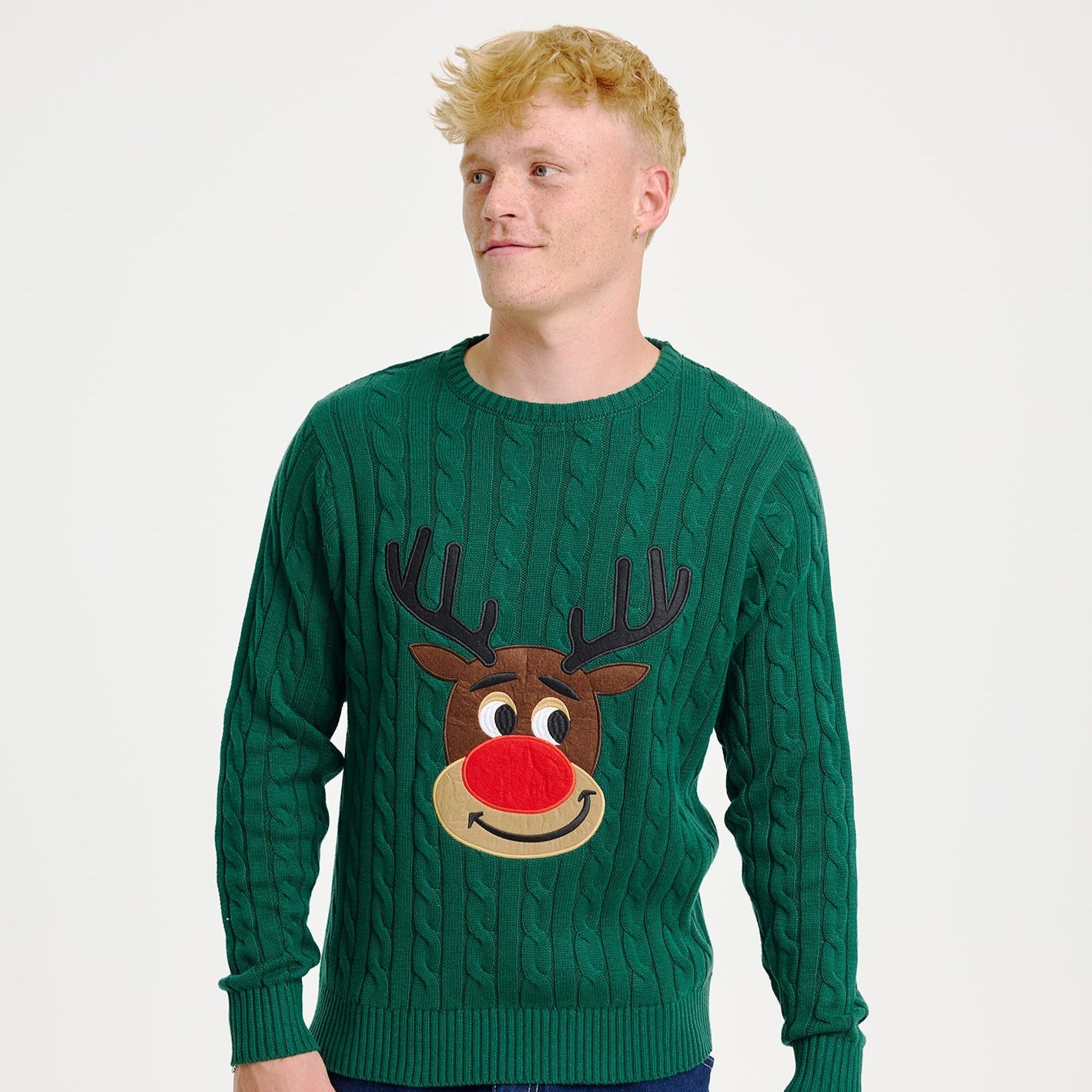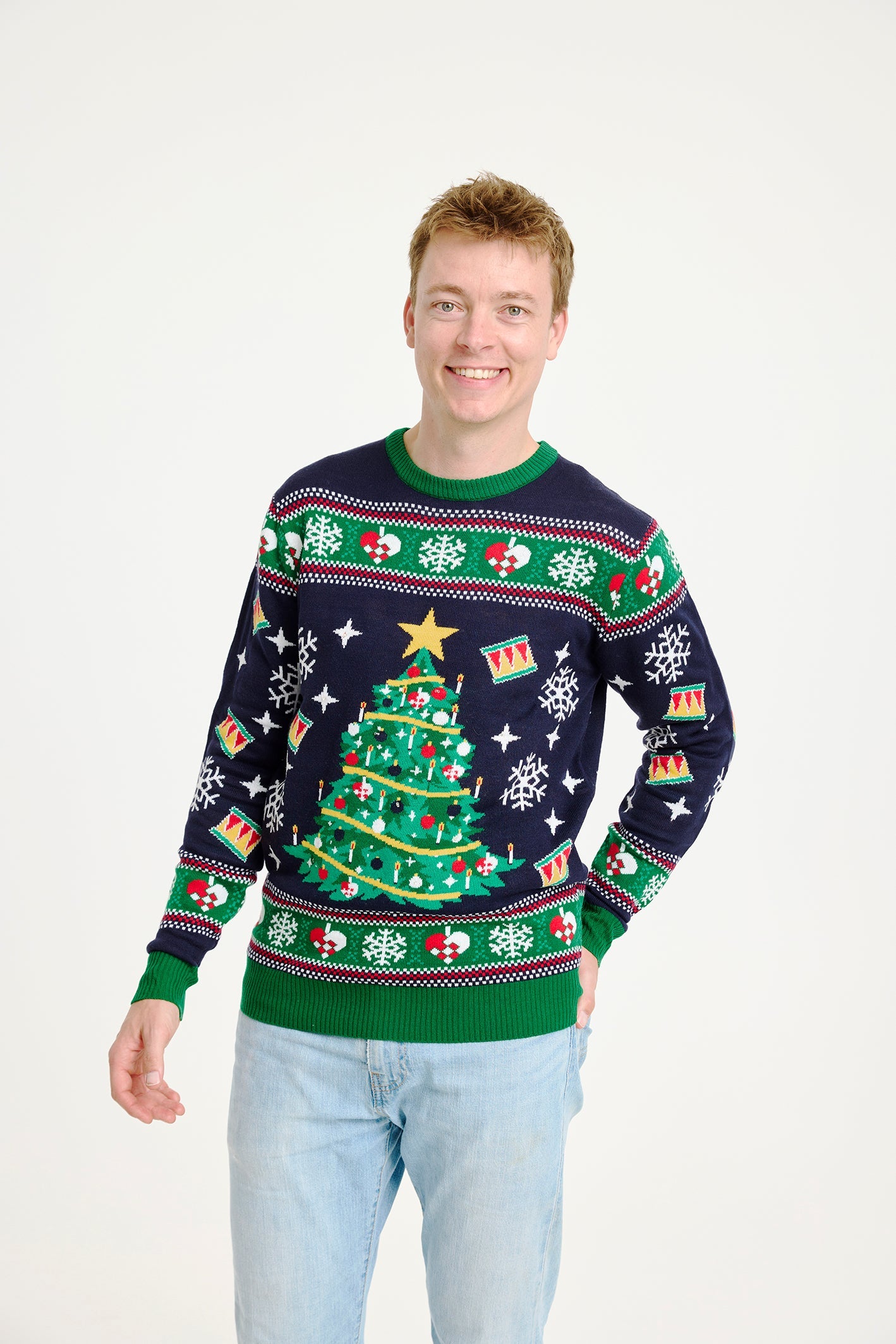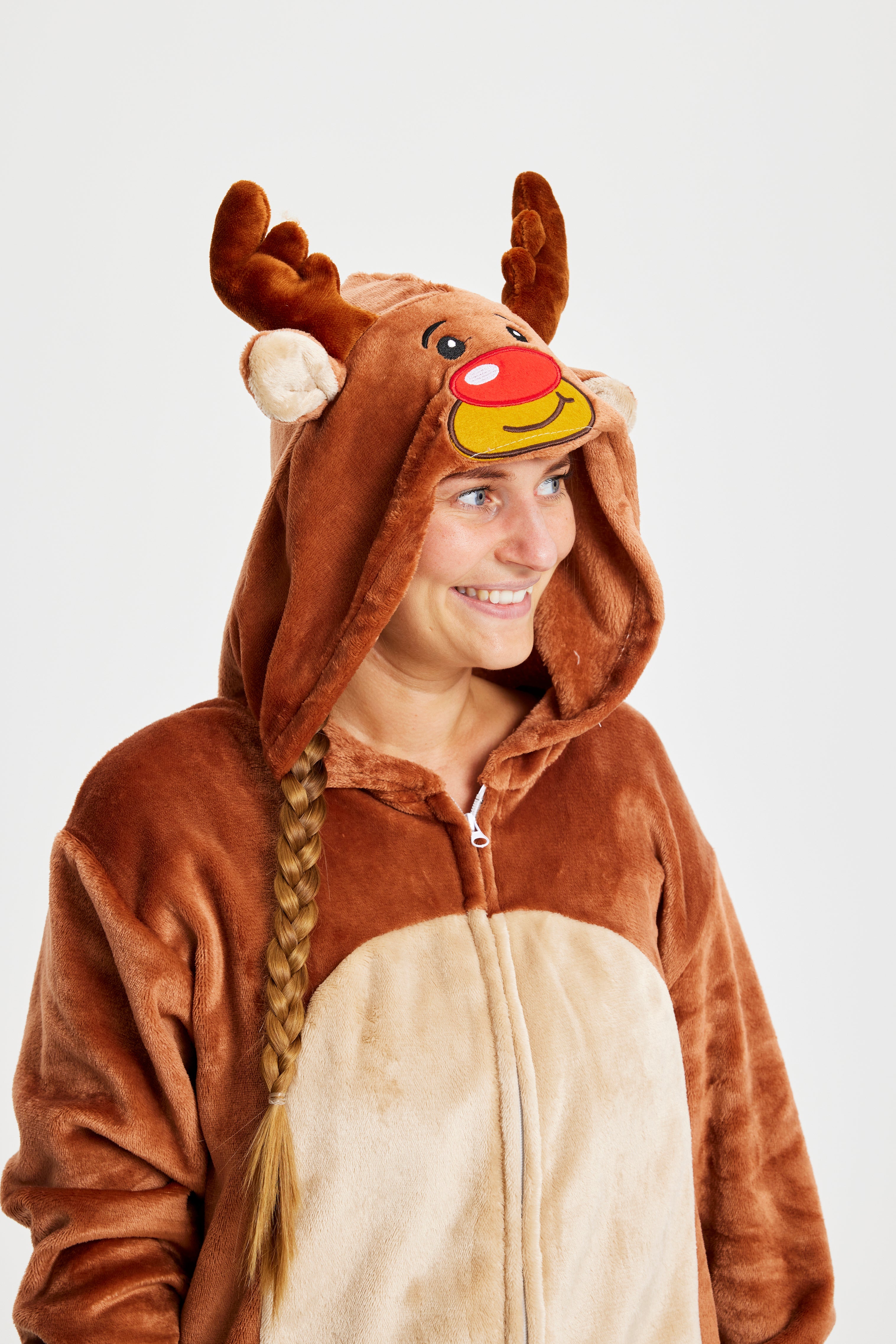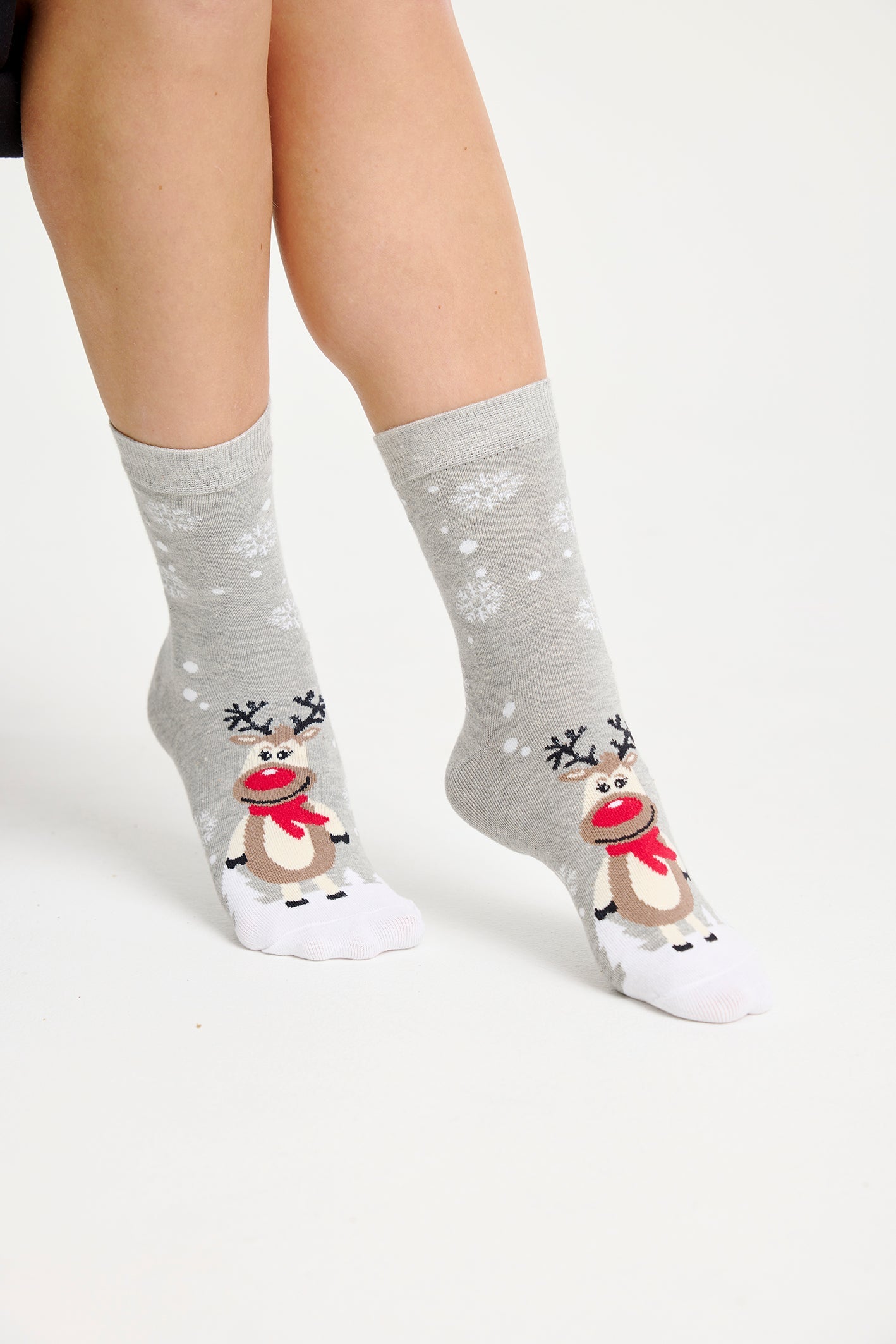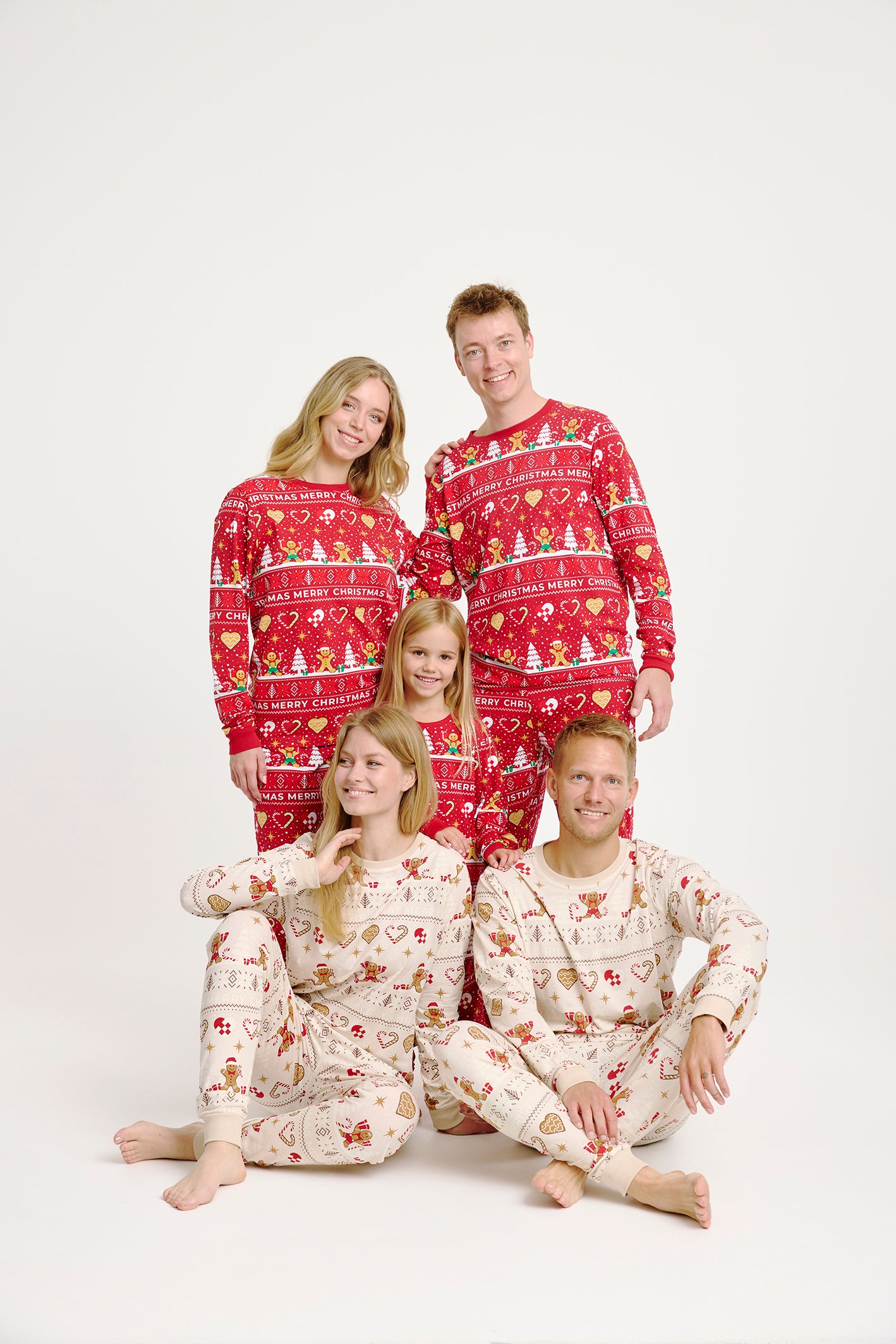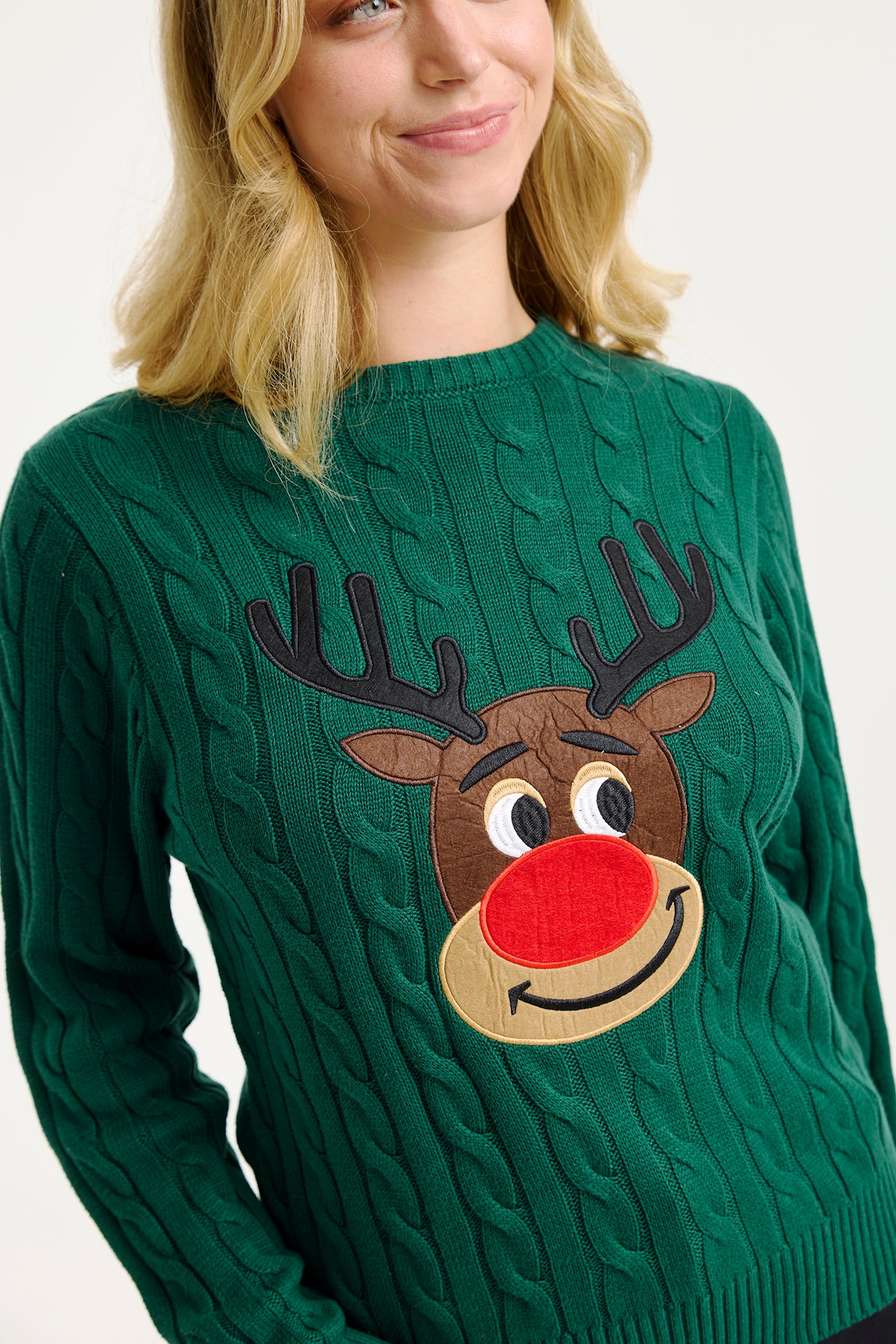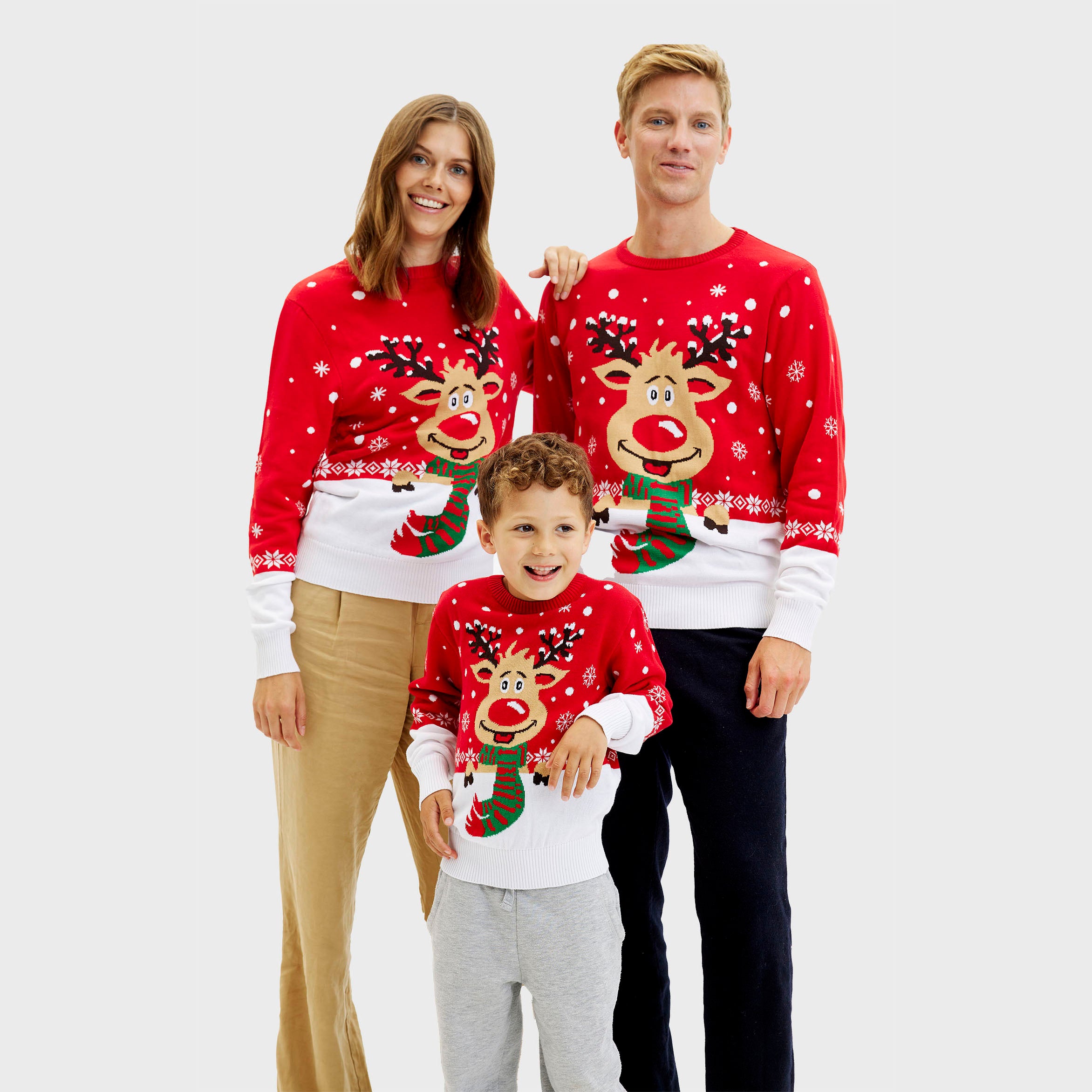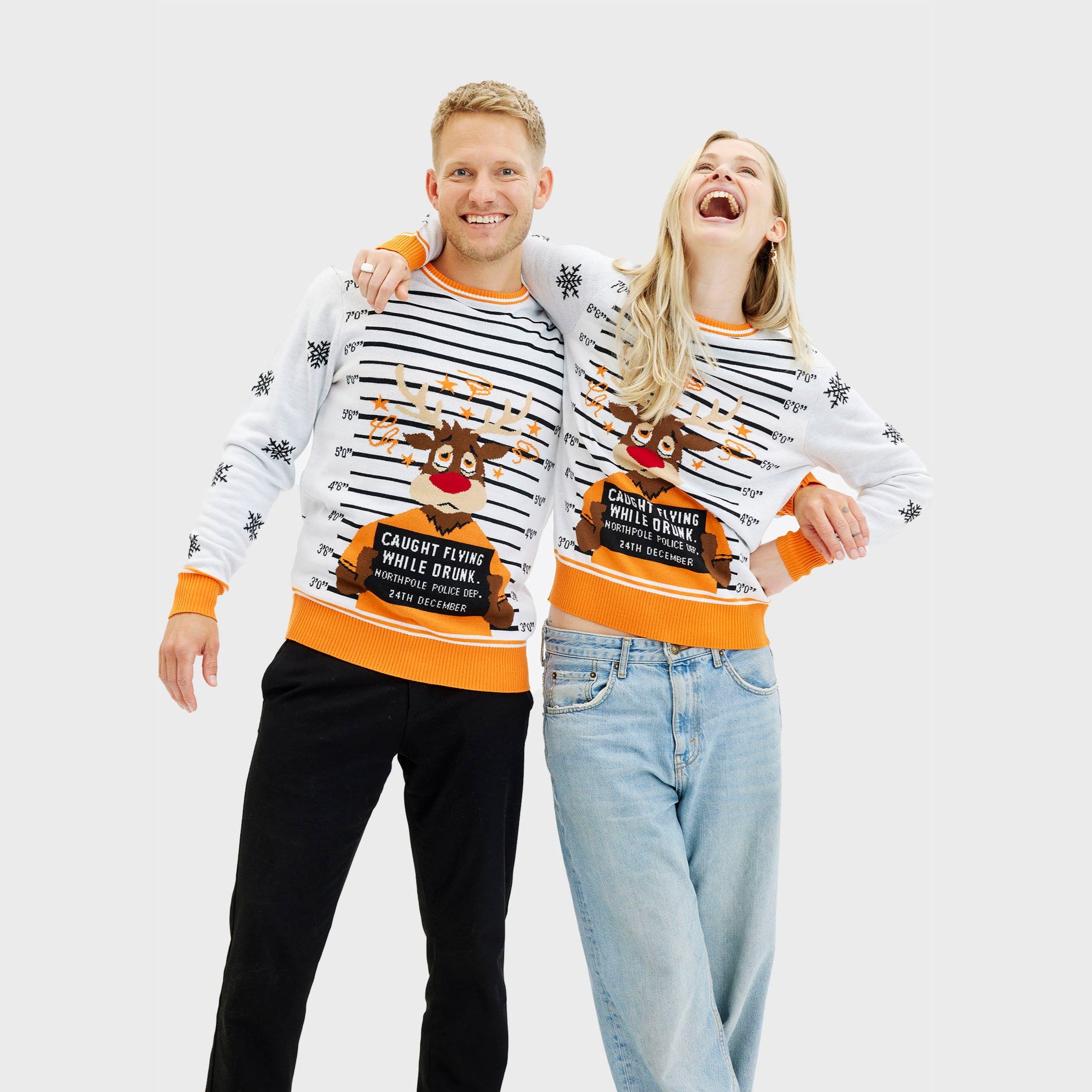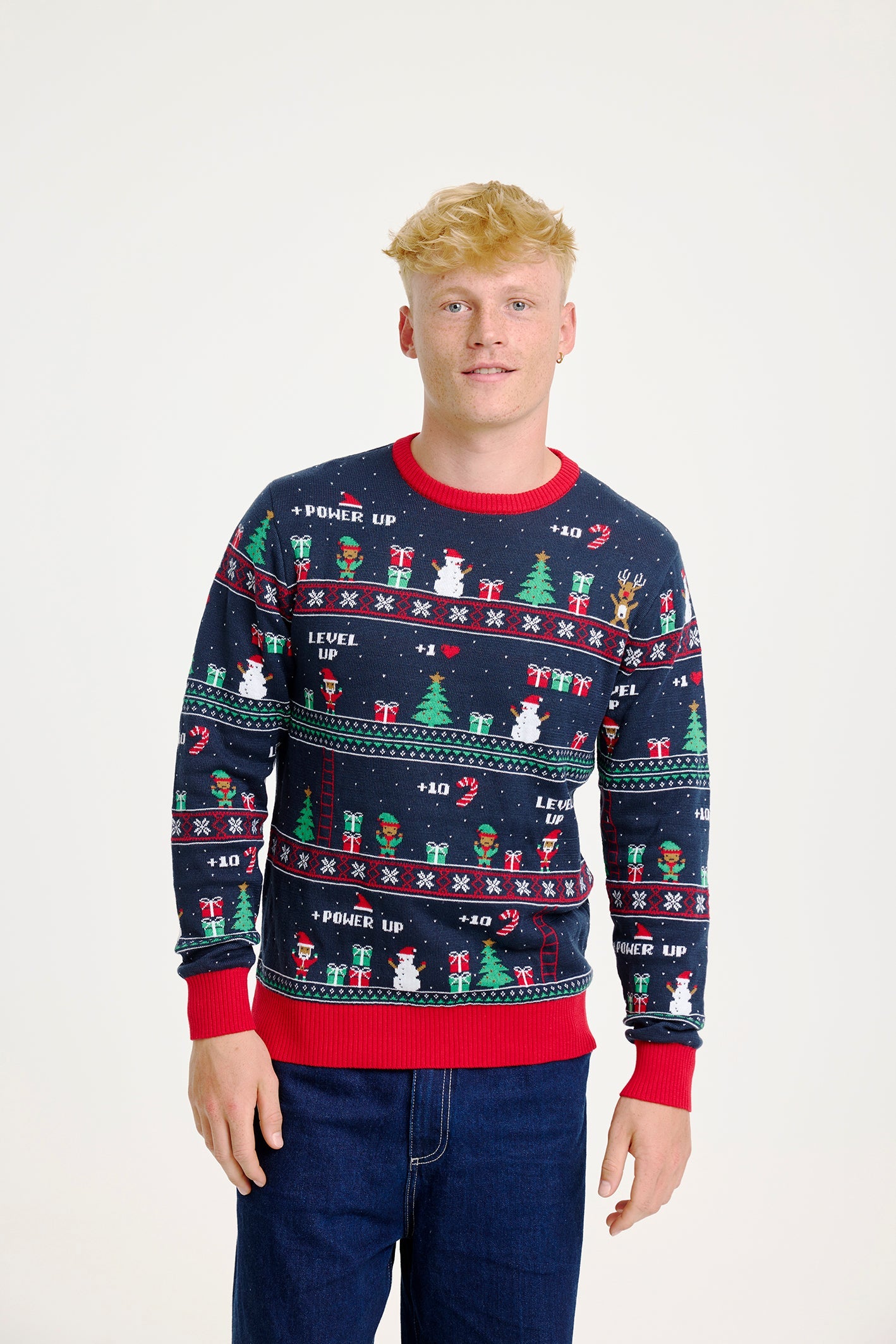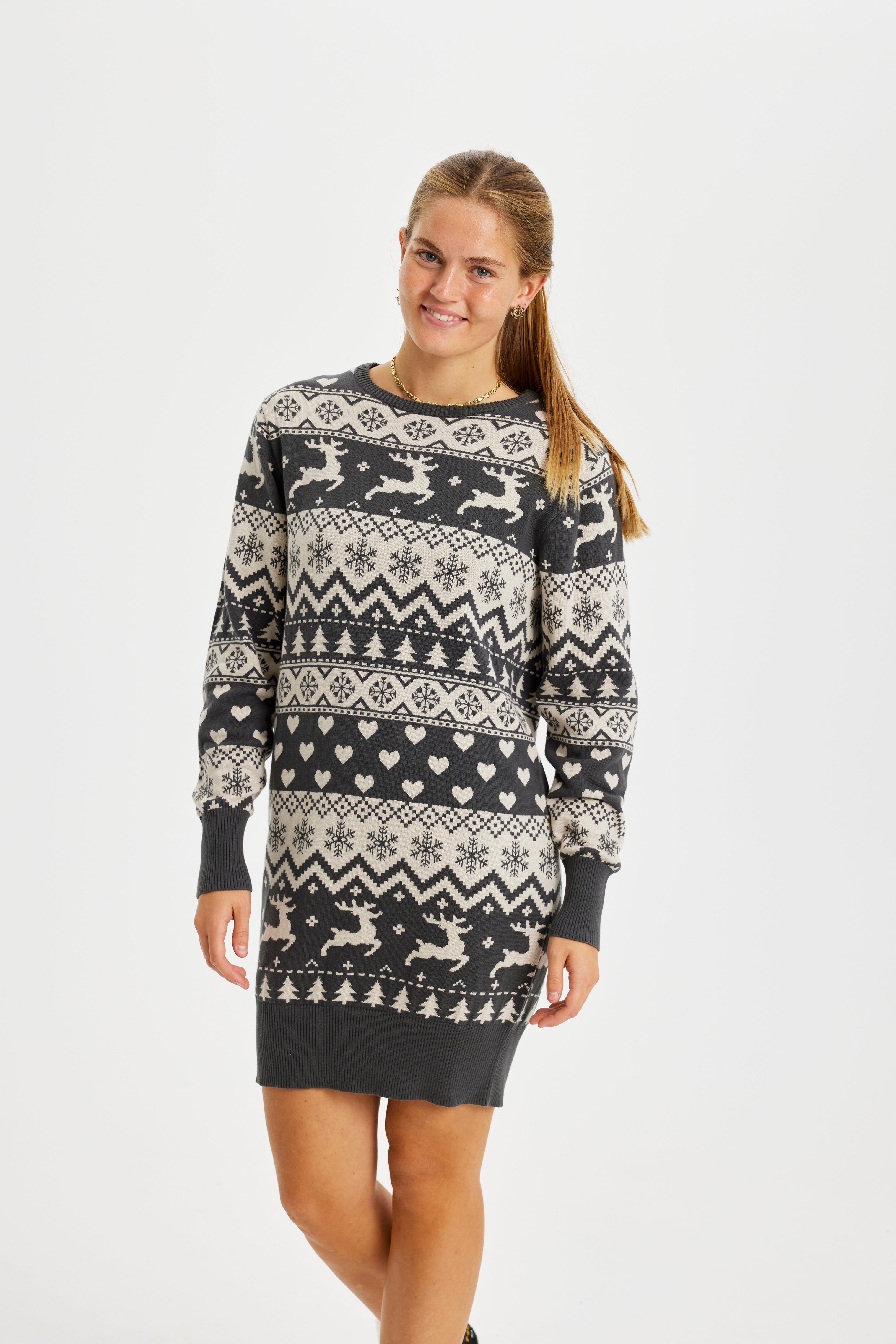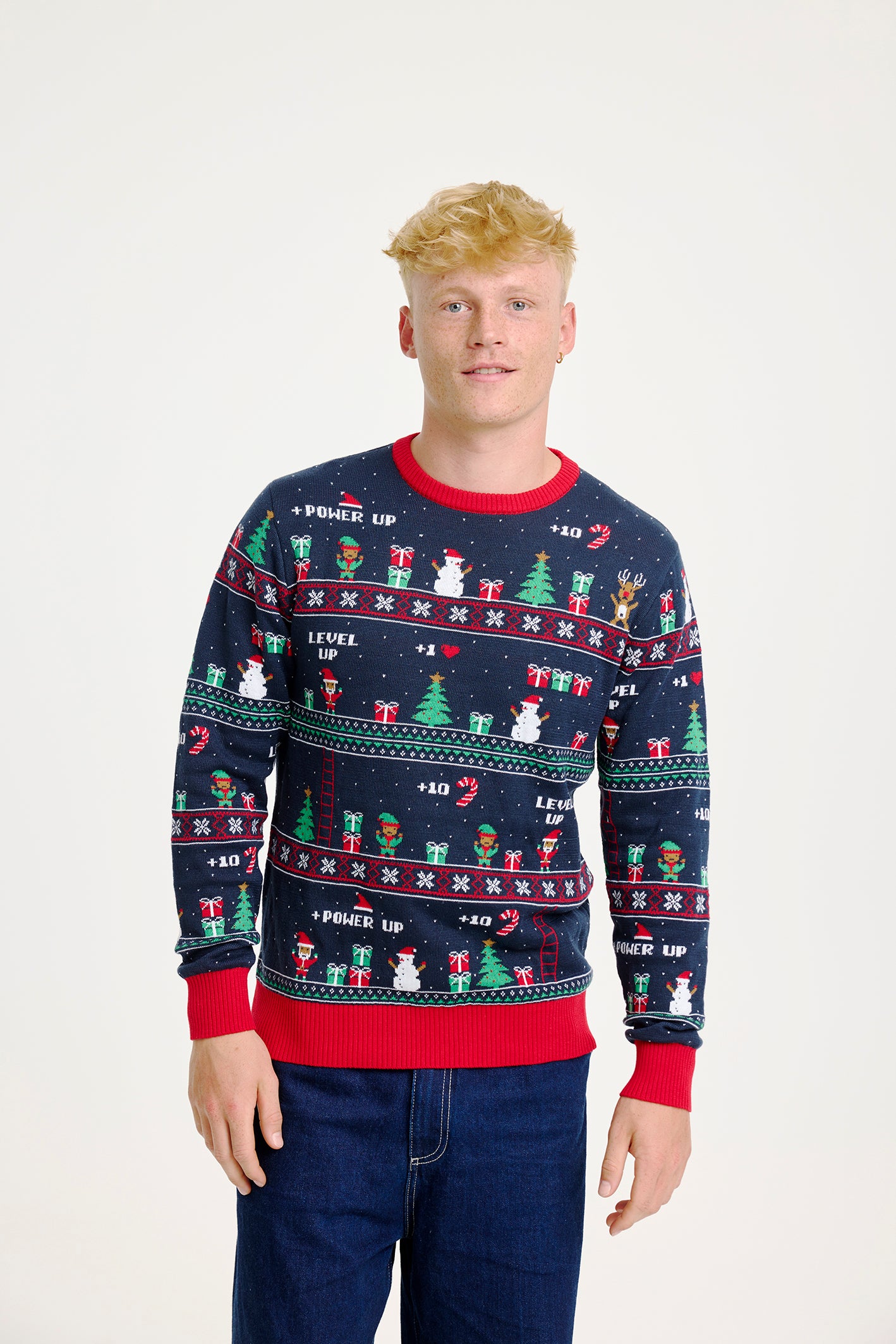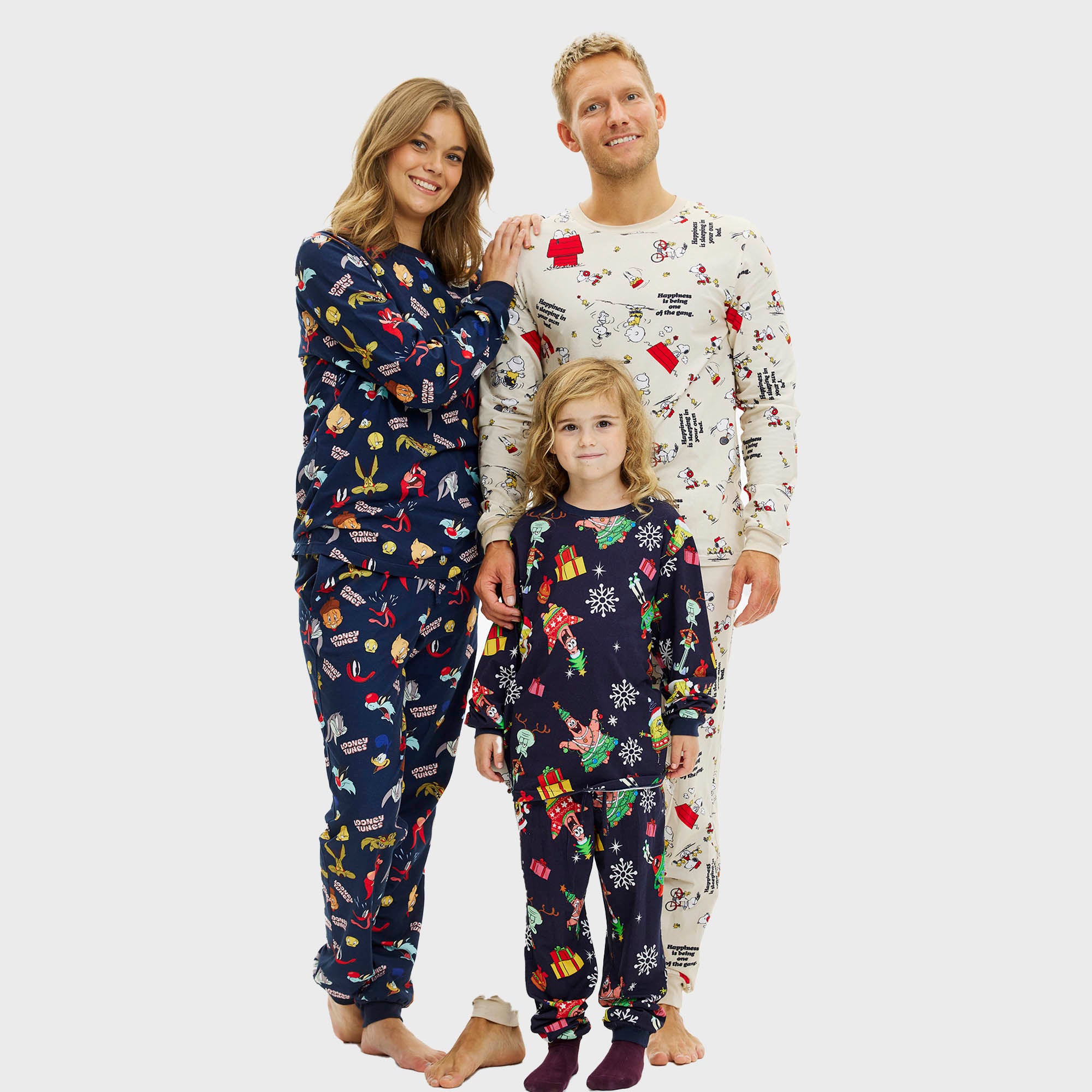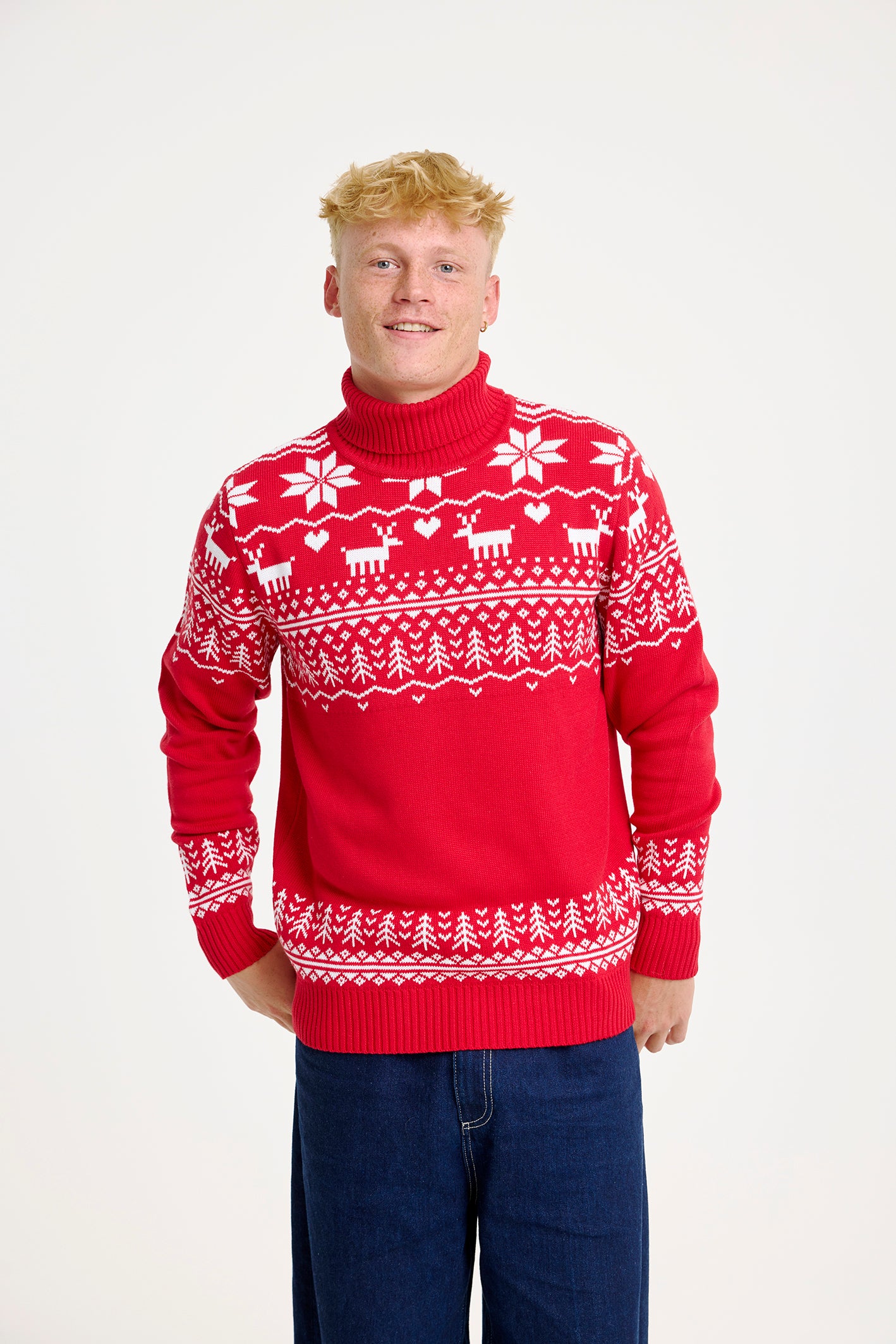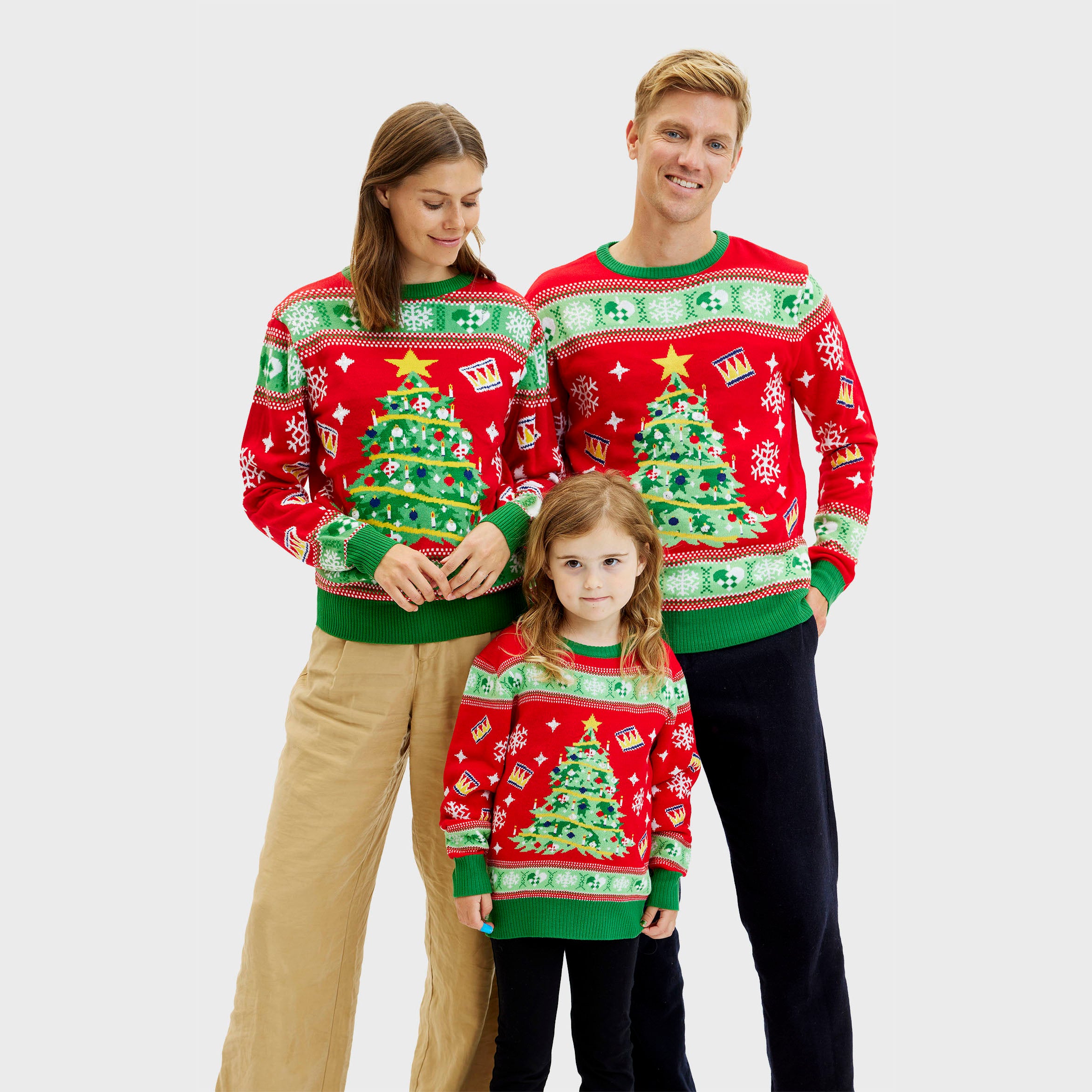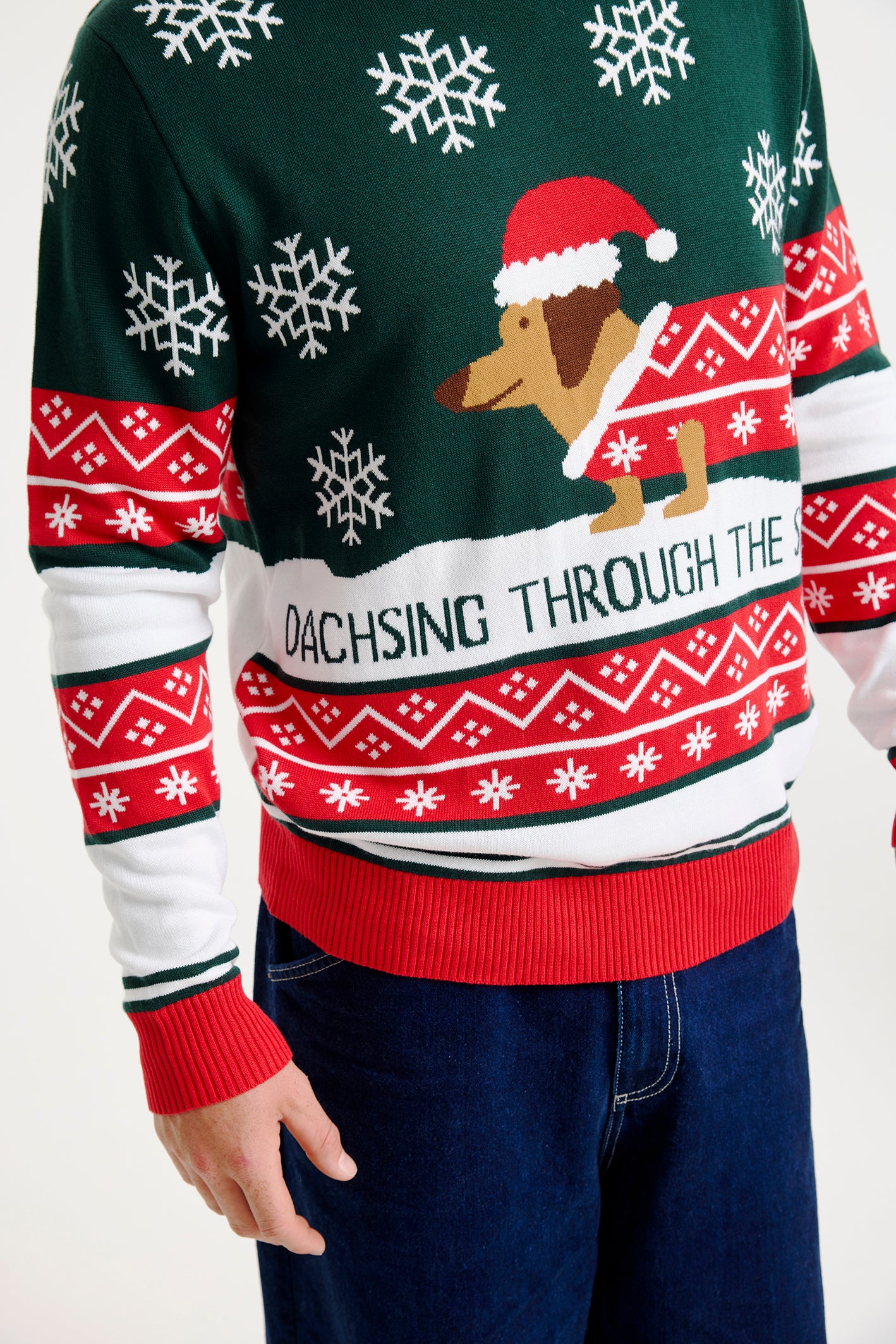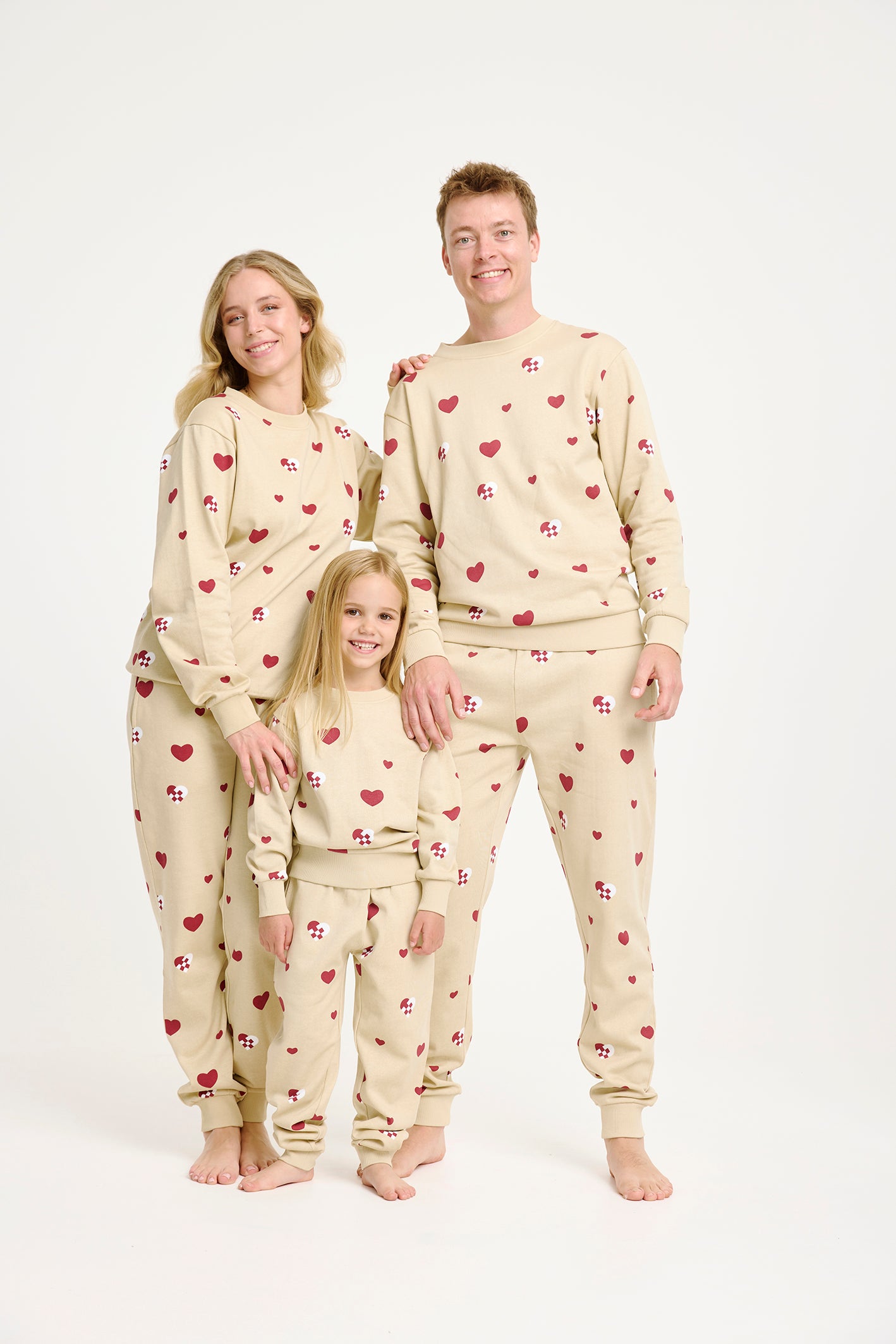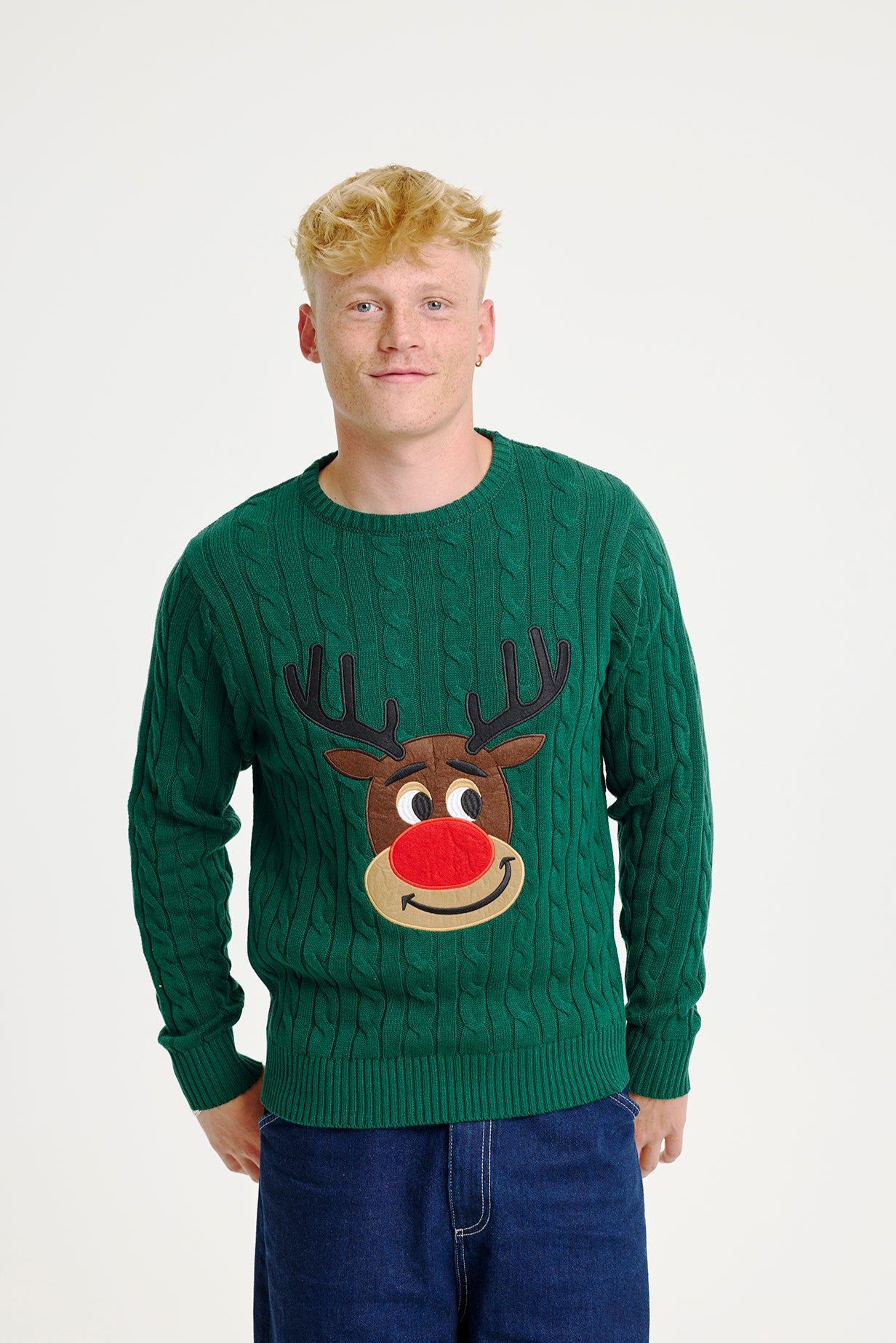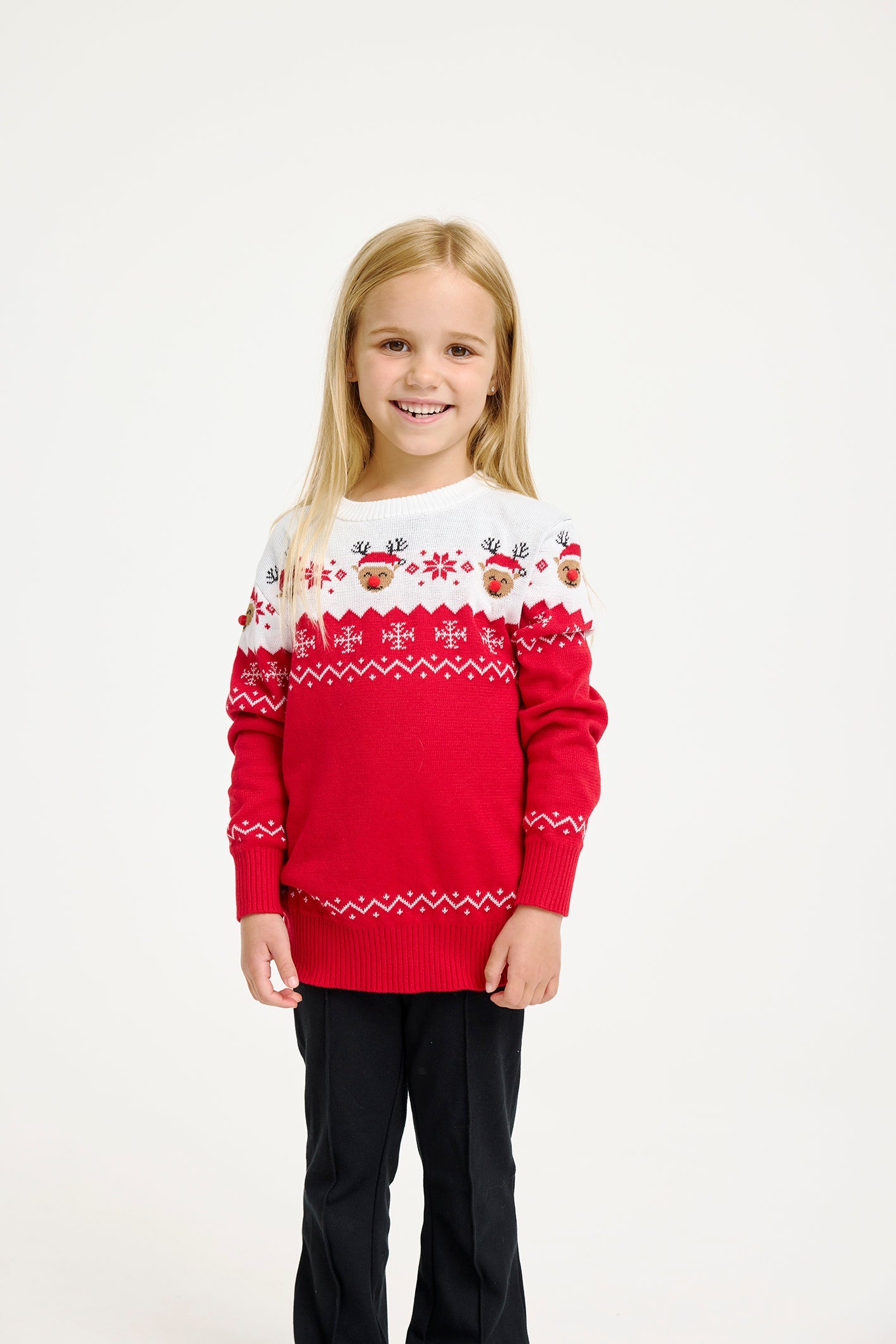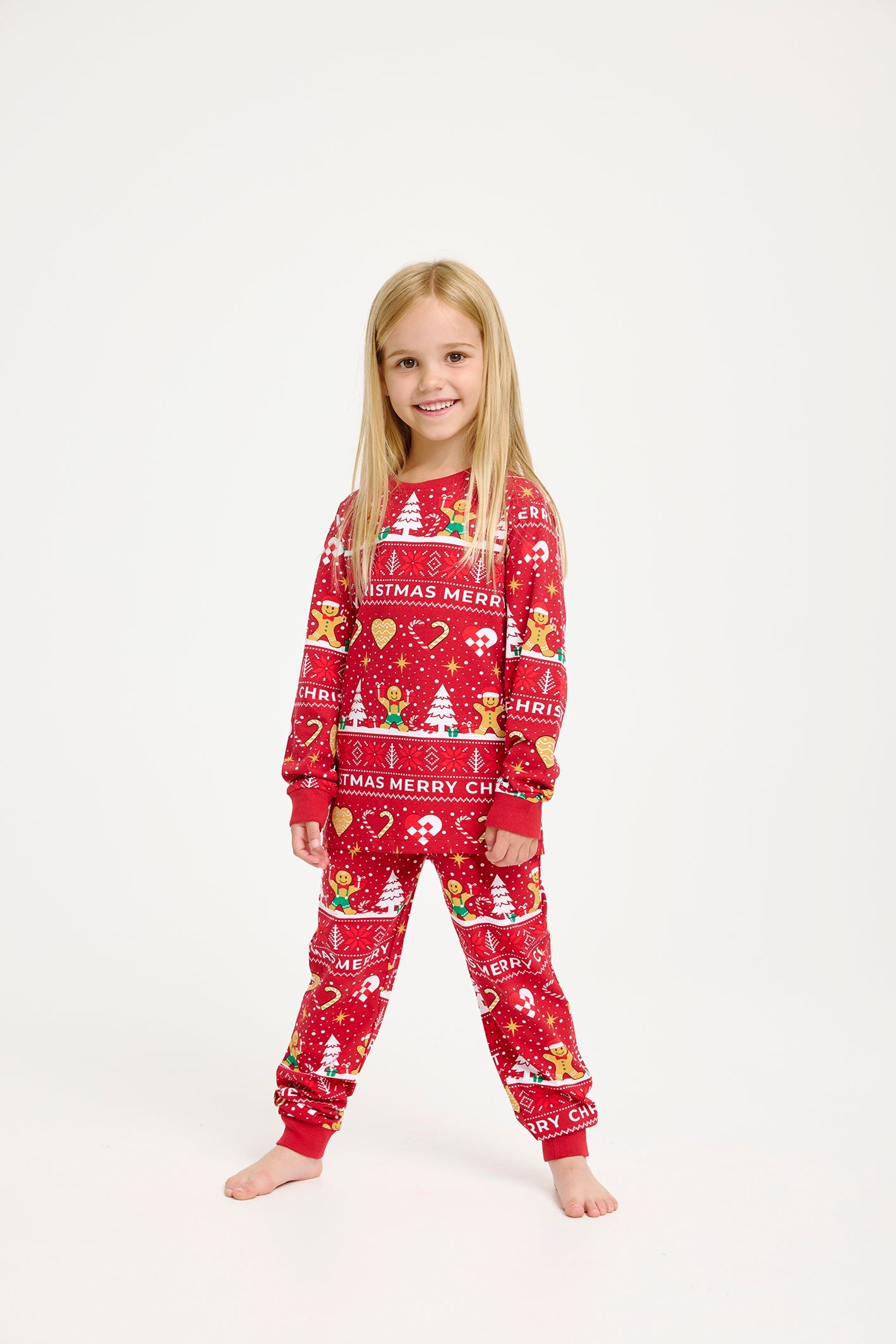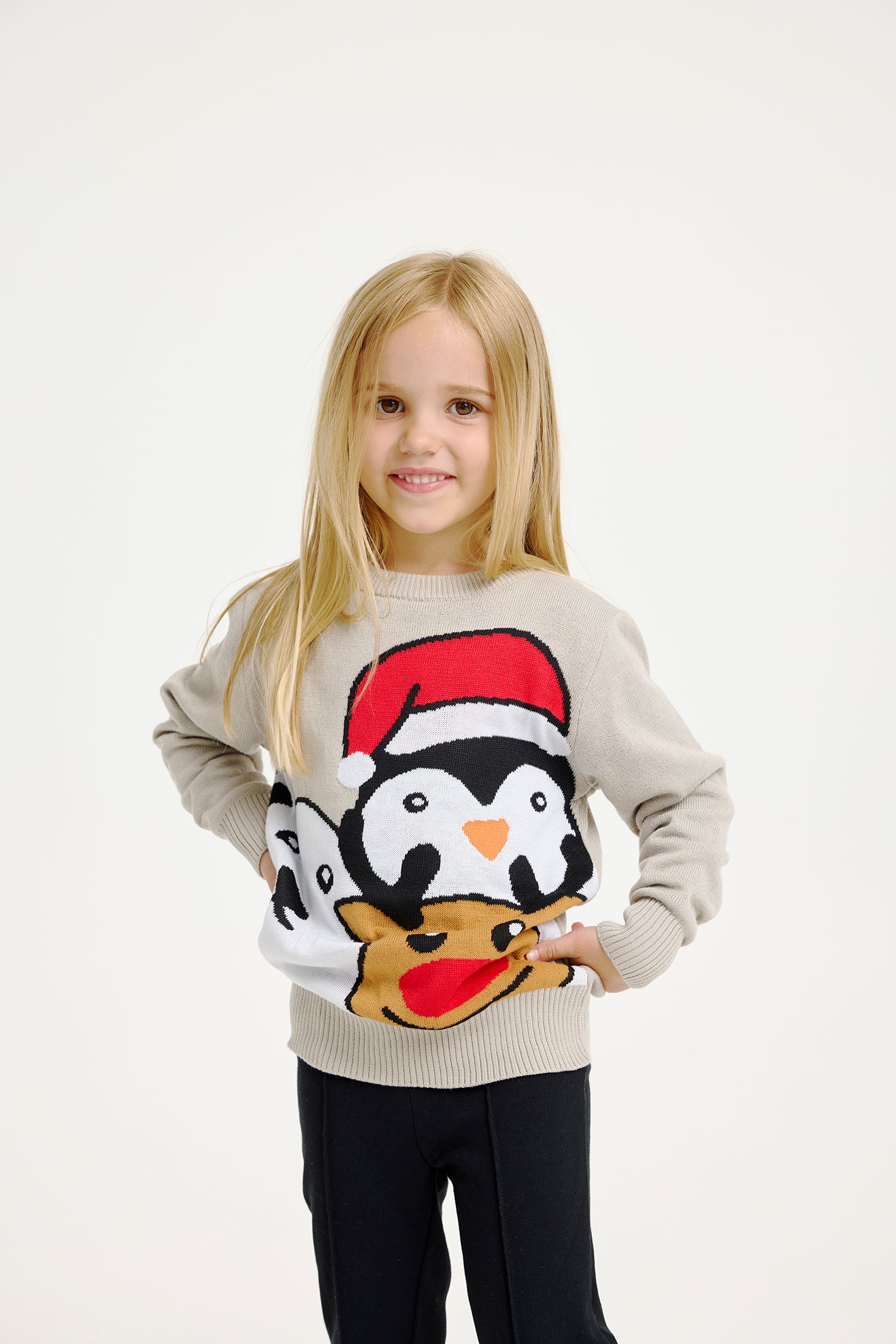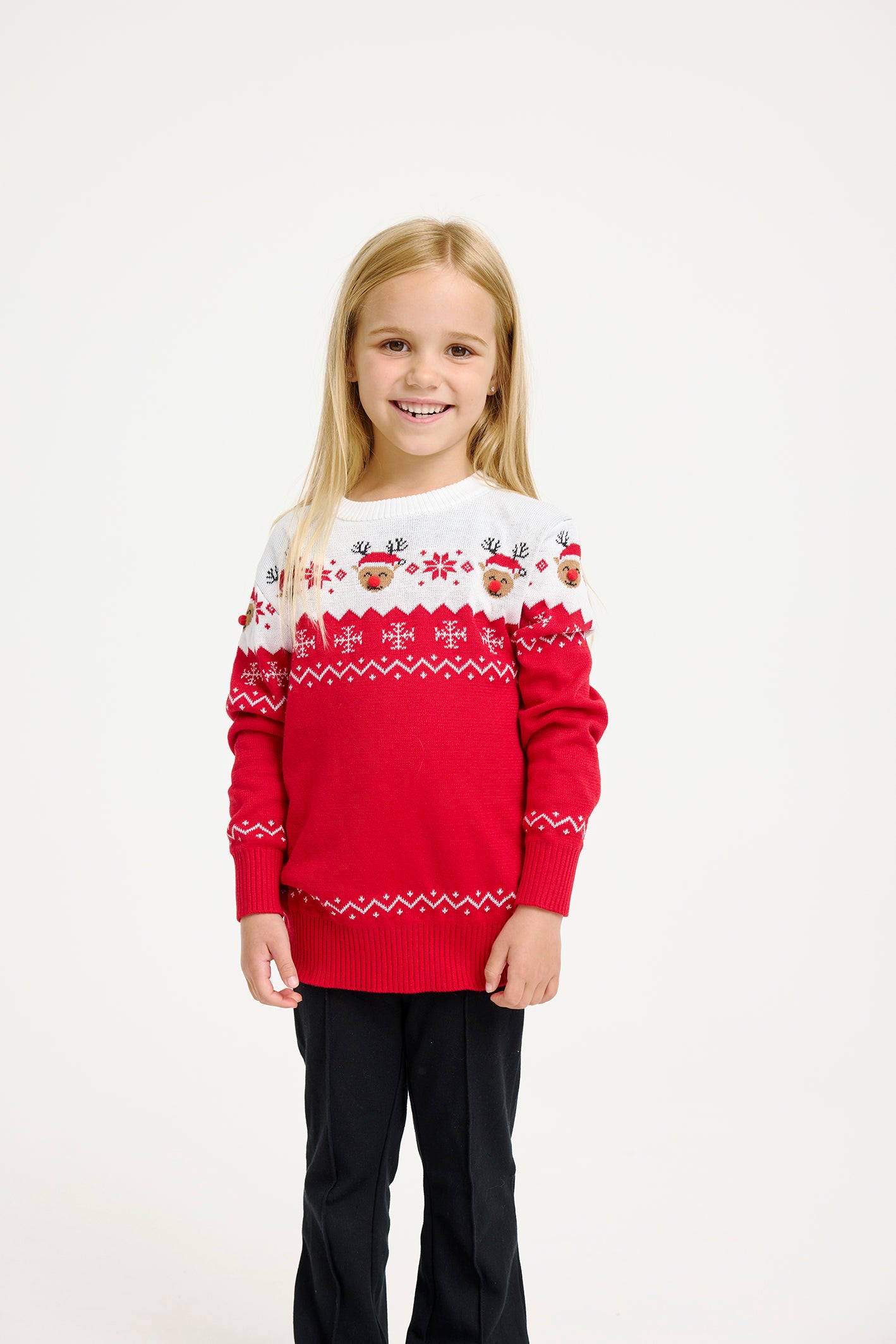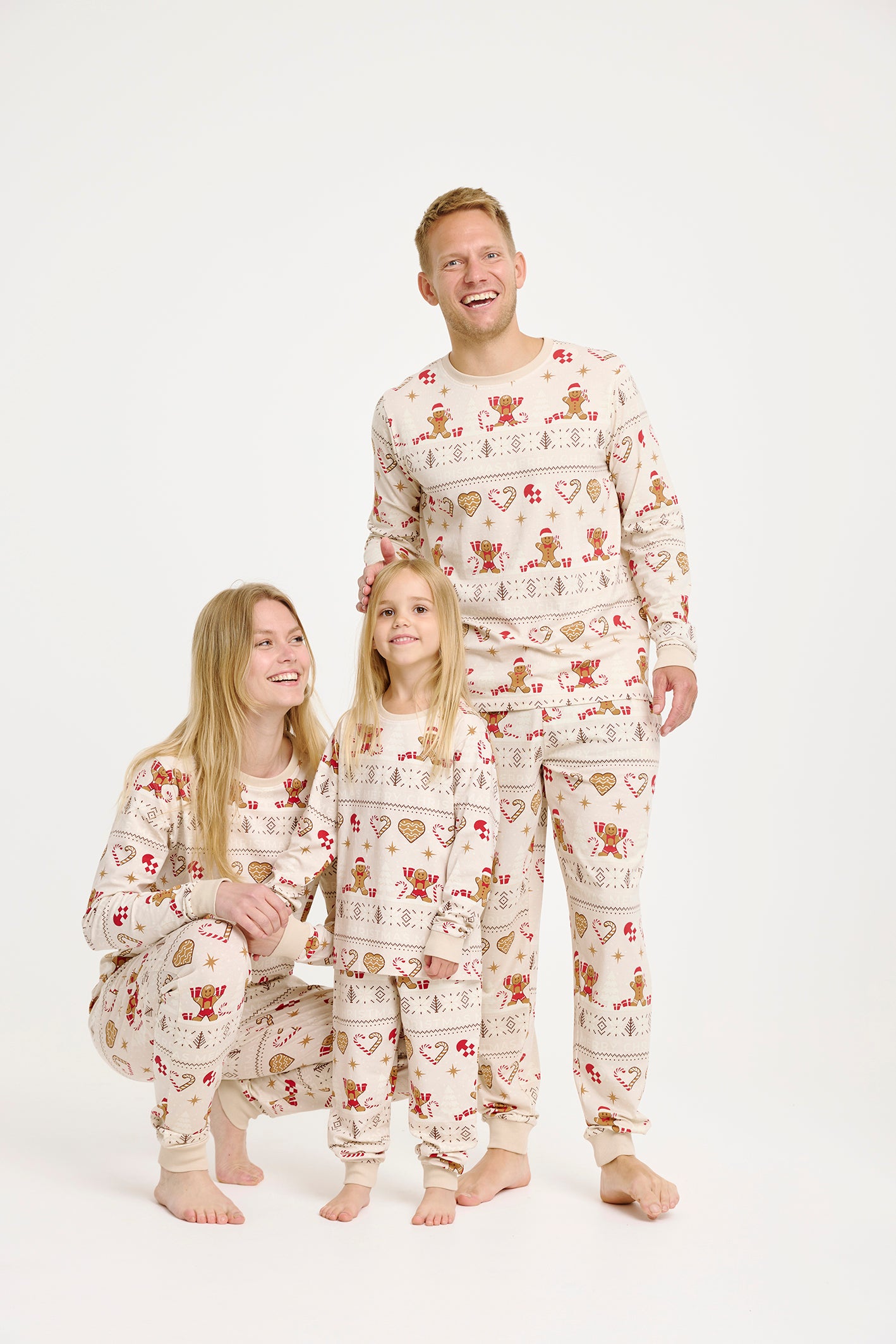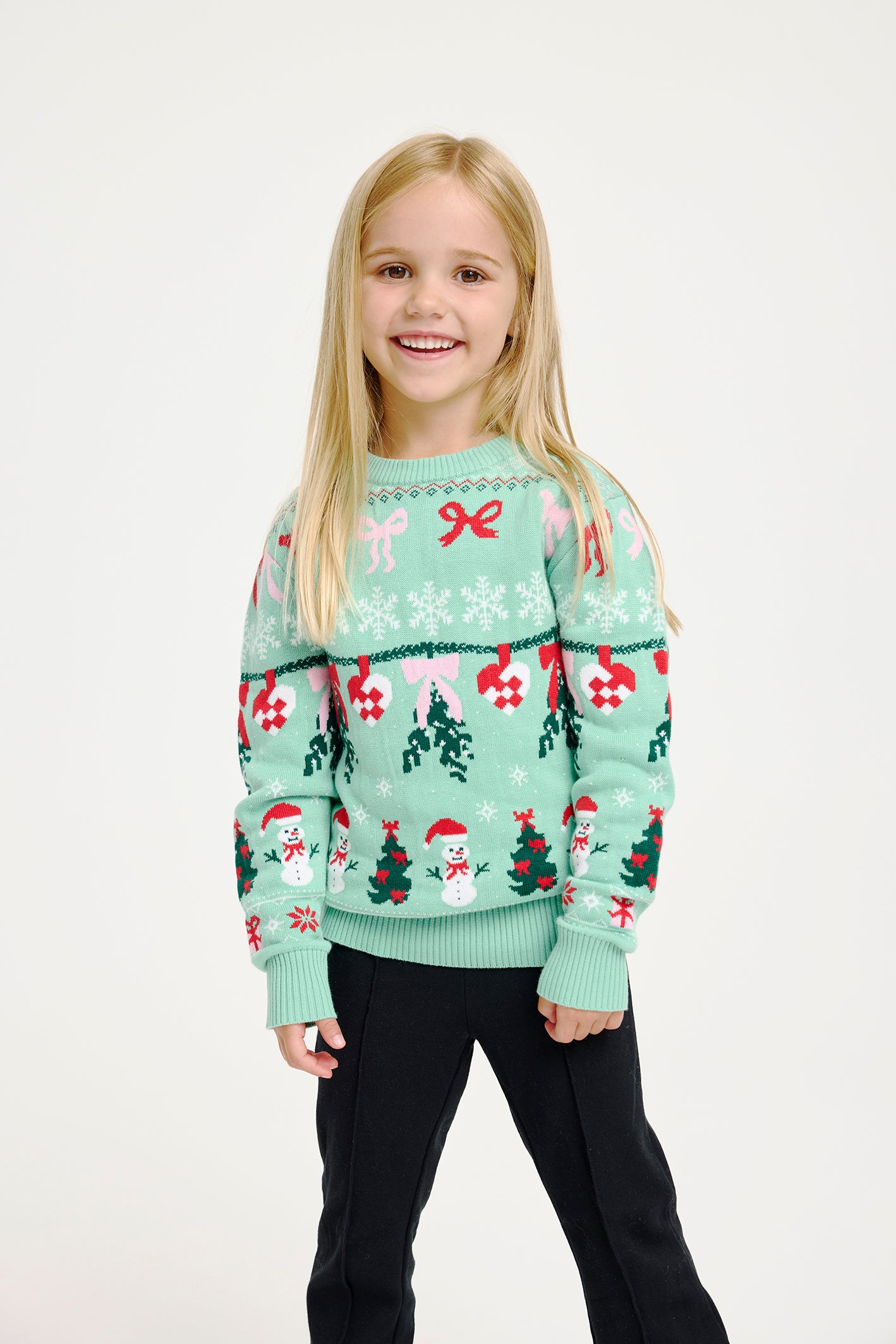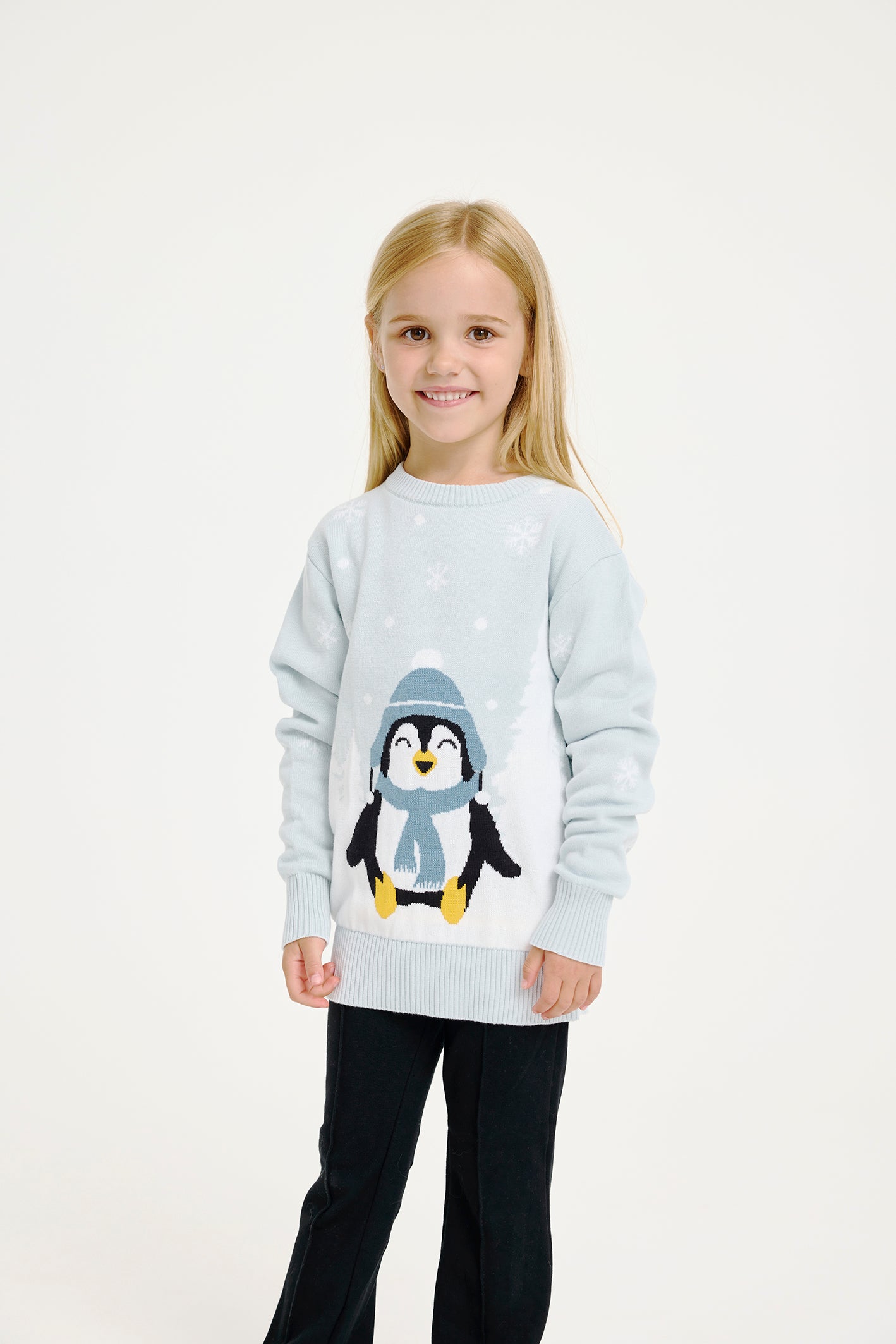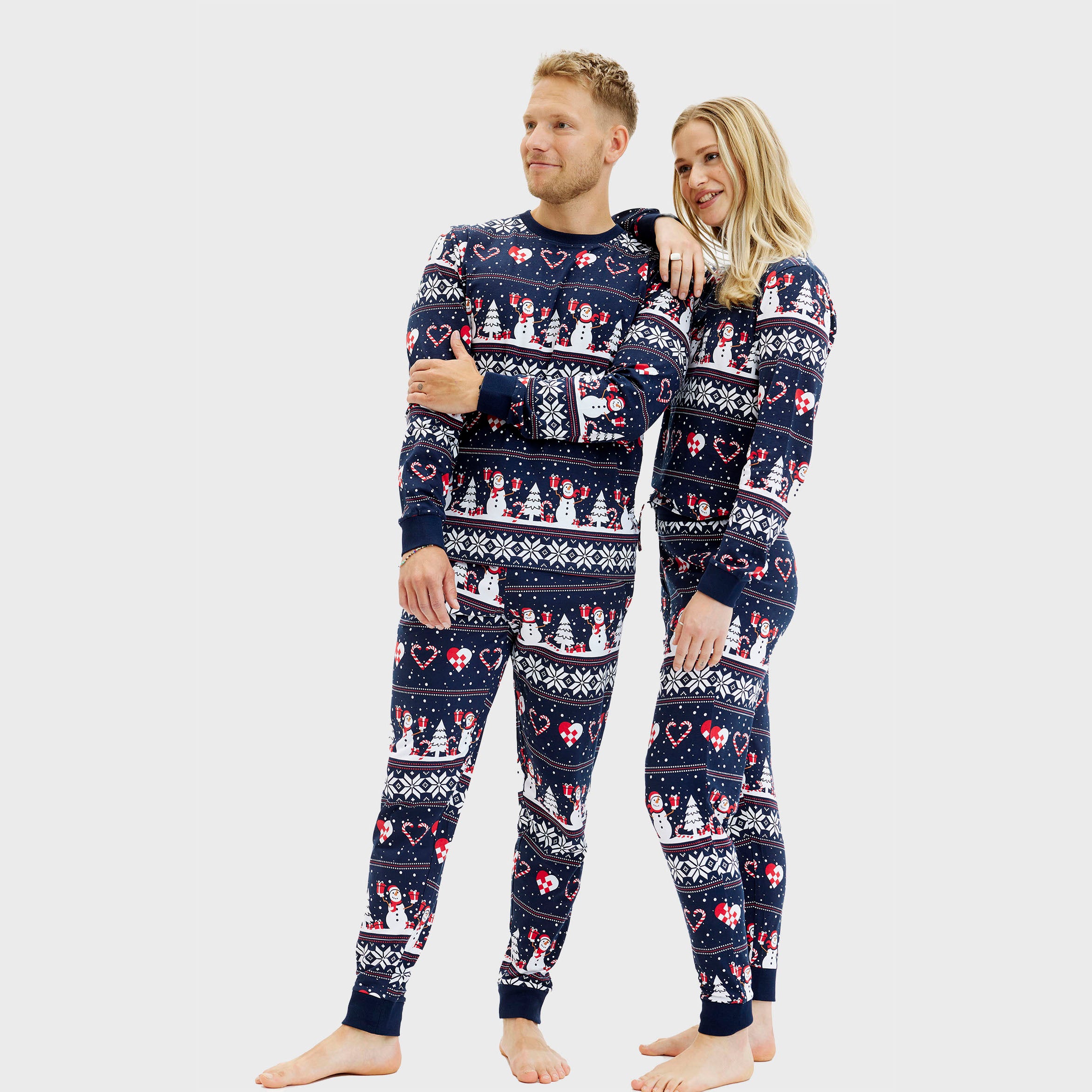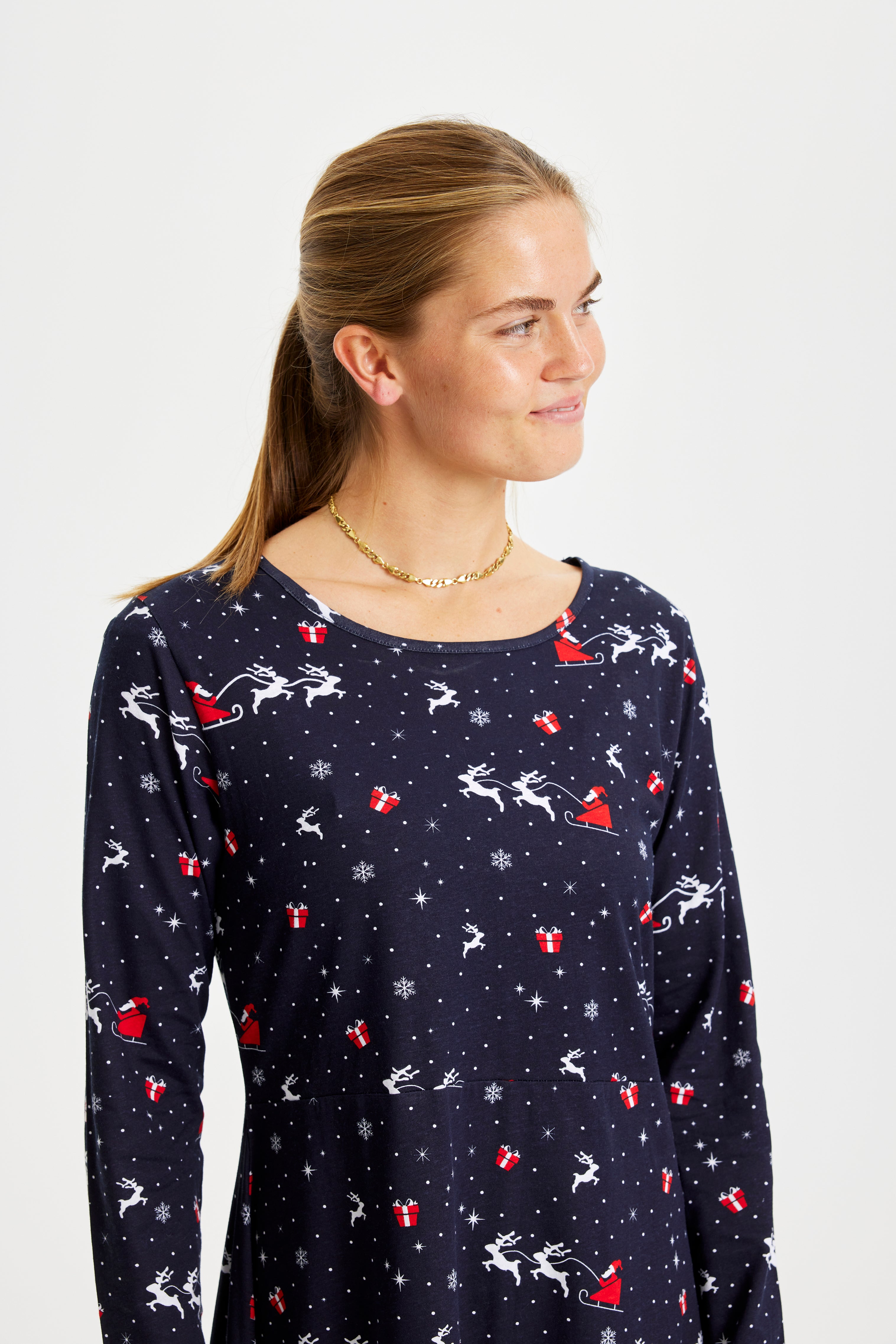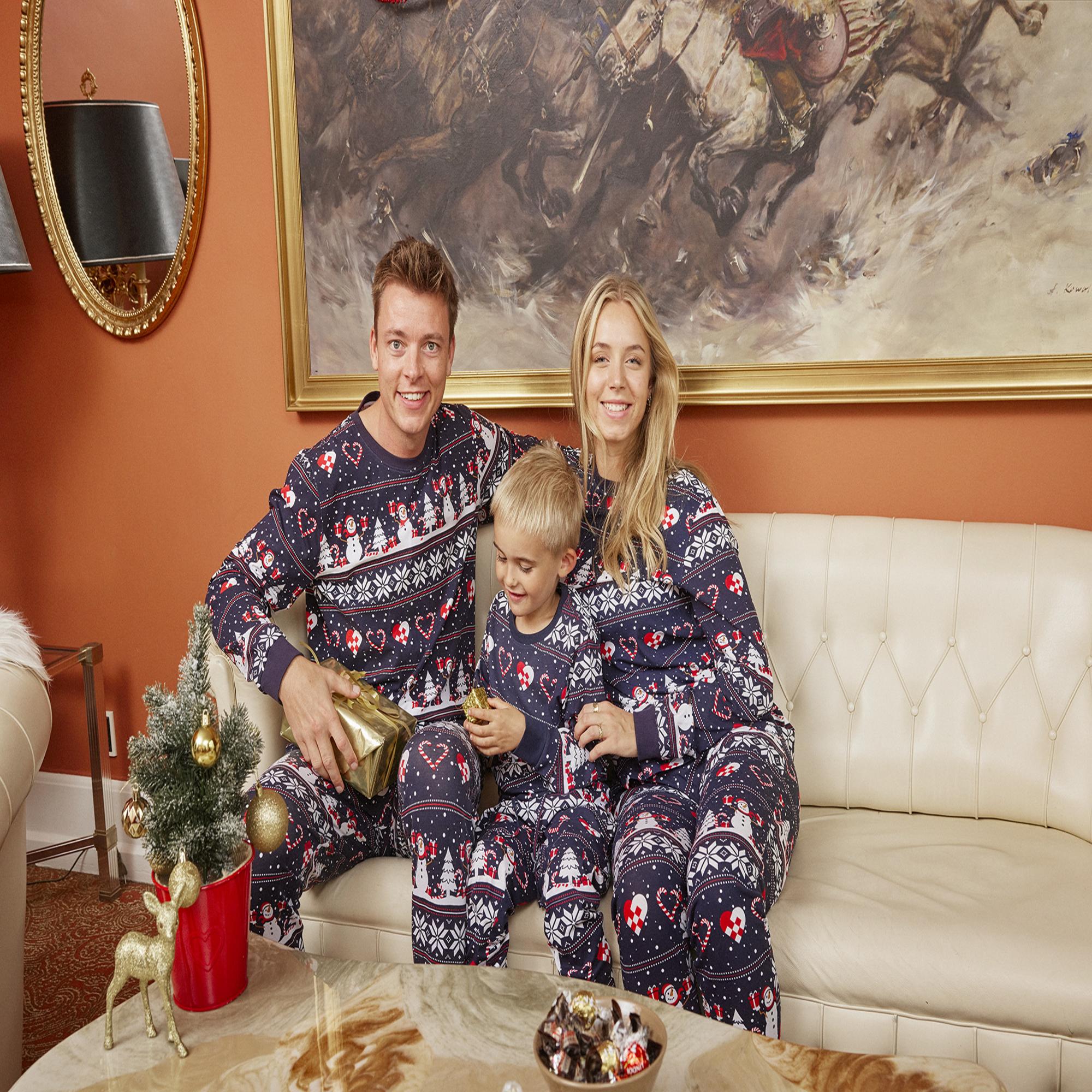24 November 2025
What i want for Christmas

The phrase What i want for Christmas often appears as the natural starting point for wish lists, gift inspiration and seasonal browsing. People type or say it when they need ideas, want to frame a present list for others, or simply to organise thoughts about gifts and festive outfits. Because the query is English, many users treat it as a simple, shareable prompt when compiling wishes across languages and contexts.
How the phrase guides wish lists
Use the phrase to map different options without committing to a single purchase. Start with broad categories such as apparel and home comforts, add one or two personalised items and finish with smaller, easy-to-buy options. If you are thinking about cosy garments, a well chosen Christmas sweater can be a clear top pick. For matching family moments, consider matching matching christmas pajamas or small accents like Christmas socks to round out a list.
Purpose and formats to try
Keep the tone neutral and practical: present ideas as inspiration rather than directives. Organise lists by recipient, by price band or by theme so readers can quickly adapt suggestions to their needs. For lighthearted options that spark conversation at gatherings, a funny christmas sweater can be a memorable entry on someone’s wish list.
Quick snapshot
- Gift categories: Apparel, home comforts, personalised items.
- Personalisation trends: Custom details and small bespoke touches.
- Templates: Short, medium and long wish-list formats to suit any giver.
Search intent and user behavior
Searches for what I want for Christmas are typically driven by a need for ideas and a desire to organise gift options. Many queries are informational in nature, as people look for inspiration, recipient-specific suggestions and simple wish-list formats they can share. At the same time, results often include product lists or curated collections that help readers move from inspiration to a concrete shopping list.
Effective content formats
Short, scannable formats perform well because they match the way people compile wishes. Consider these formats when organising ideas for readers:
- Listicles with clear segmentation by recipient or theme, for example a Top 10 of cosy apparel or small stocking-style items.
- Curated gift guides that group similar ideas, such as sleepwear and loungewear options, with one-line reasons for each pick.
- Personalisation guides that explain quick ways to customise an item, or how to prioritise items on a wish list.
Popular preferences and demographic signals
Different age groups show different preferences. Younger shoppers often favour personalised items and products that are visible on social platforms, while many gift lists prioritise practical, cosy pieces for winter wardrobe and homewear. When suggesting apparel, include options across a range of styles so recipients can pick something that fits their routine.
Common gift categories to include
When you build a wish list or a guide, keep these neutral categories handy:
- Apparel for winter comfort, such as sweaters and pyjamas.
- Home and loungewear items, including robes, lounge sets and slippers.
- Personalised items, like embroidered garments or custom accessories.
- Small stocking-style presents and accessories that are easy to buy on short notice.
Structuring lists for clarity
Readers appreciate predictable structure. Use a combination of these approaches to make content easy to scan:
- By recipient: for her, for him, for kids and for colleagues.
- By price band: under a modest amount, mid-range and premium picks.
- By type: experiential options, practical essentials, novelty pieces and personalised gifts.
On-page elements to improve readability
Simple visual aids help readers find what they need quickly. Consider adding a one-line rationale to each list item, short checklists readers can print, and a compact “at-a-glance” section that matches recipients to recommended categories. A printable short wish-list that contains five to ten slots is especially useful for sharing.
Quick wish-list template
Use this template as a starting point and adapt it to the recipient and budget.
- Top priority item: one higher-cost or meaningful present.
- Three medium items: wearable pieces, loungewear, or accessories.
- Two small items: stocking fillers or practical extras.
- One experience or gift card: optional alternative to physical gifts.
Useful phrases to cover
Ensure your content includes common search phrases so readers find exactly what they need, for example gift ideas for specific people and recipient-focused lists. If you offer clothing suggestions, it helps to link directly to product categories so readers can see practical examples, for instance a classic Christmas sweater or a set of Christmas pajamas. For gift options across genders, consider linking readers to both womens christmas sweater and mens christmas sweater.
Final note on presentation
Keep tone helpful and concise, offer a few tangible examples for each category, and place a short printable checklist near the end of any guide. That combination makes it straightforward for readers to turn inspiration into a shareable, organised wish list.
Content extensions to try
Once you have a basic list, think about ways to make the wish list more usable and more atmospheric for the season. Interactive elements can turn inspiration into action: pre-formatted templates readers can print or fill online, short checklists to tuck into stockings, and themed mini-lists that travel well in messages. Tip: Wear a Christmas sweater or cosy loungewear while you compile lists to make the moment feel like part of the tradition, with the scent of pine and the sound of soft carols in the background.
Pre-formatted wish-list templates
Offer three clear lengths so anyone can pick what suits them. Keep layouts simple and tactile so the list is pleasant to hold or share.
- Short wish-list. Five slots for one priority gift, two mid items and two small extras.
- Medium wish-list. Ten slots with space for price bands and a note about why the gift matters.
- Long wish-list. Fifteen slots grouped by recipient or theme, ideal for family exchange planning.
Sample themed lists to expand
These lists are quick starting points you can expand into full guides or downloadable PDFs. The sensory details help readers imagine the moment they receive each item.
- 10 cozy gifts for the homebody: plush throws, a scented candle that smells of pine and orange, soft slippers and a set of christmas loungewear to curl up in.
- 8 small stocking fillers under a modest budget: festive socks, a handy keychain, a pocket-sized candle and stylish mittens that warm cold hands.
- 12 personalised gift ideas that can be customised: embroidered scarves, engraved trinket boxes, and a monogrammed pair of christmas pajamas for relaxing evenings.
- 7 gifts for workplace exchanges: neutral desk accessories, a small food hamper, and tasteful accessories that suit many tastes.
How to present themed lists
Lead each section with a one-line mood description: the smell of baking, the warmth of a knit, the crackle of lights. Follow with short bullets that include material notes, suitability and a typical budget range. Tip: Offer a printable checklist at the end of the post so readers can tick items off as they shop or receive them.
Practical examples readers can use
Here are quick, ready-to-use snippets to paste into a message or to start a list in your phone notes. They are short, sensory and shareable.
Short message for family group chats: "What I want for Christmas: 1. Cozy top, 2. Small gadget, 3. Experience voucher, 4. Socks, 5. Candle."
Notes for a personal list: Top priority, Reason, Size or preference, Desired price range, Store or brand suggestion. Tip: Add a line that says "Open if unsure" with a small, universal gift idea.
Integrating products naturally
When you mention items, keep language gentle and evocative rather than pushy. A line about slipping into christmas pajamas on a snowed-in morning creates desire without hard selling. If you want to link readers to examples, include one natural pathway so they can see actual items and imagine them in their home.
For relaxed evening ideas, take a look at our selection of christmas loungewear to pair with a cup of mulled spice and the glow of fairy lights.
Frequently asked questions
What does what I want for Christmas usually mean?
It refers to a personal wish list of items, experiences or suggestions someone would like to receive during the Christmas season. The list can be short and practical or longer and more playful.
How many items should a typical Christmas wish list contain?
Most people find 5–10 items works well. This gives variety across price points and types while keeping the list manageable for gift buyers.
What kinds of gifts appear most often in contemporary wish lists?
Cozy apparel and loungewear, personalised items, small tech and experience-based gifts are frequent. Sensory details like warm fabrics and seasonal scents often influence choices.
How can wish lists be tailored for different recipients?
Segment by relationship and interest, add one or two high-priority items and several modest options, and note sizes or preferred colours. That makes it easier for gifters to choose.
What formats are helpful for sharing or saving a wish list?
Short printable lists, fillable digital templates and simple tables grouped by recipient or price make lists easy to share and use when shopping.
Also view
24 November 2025
What do you want for Christmas? Det er både et personligt spørgsmål og et øjeblik, hvor forventninger og ønsker krydser mellem familie...

